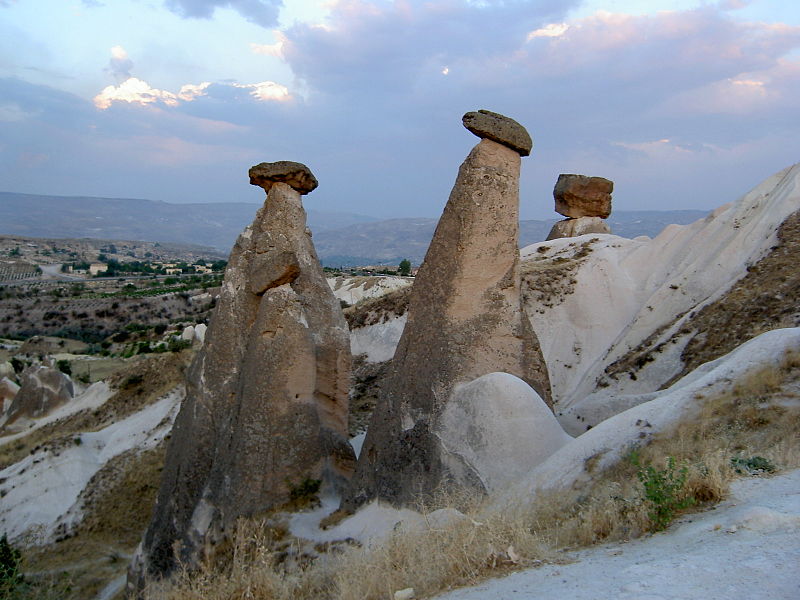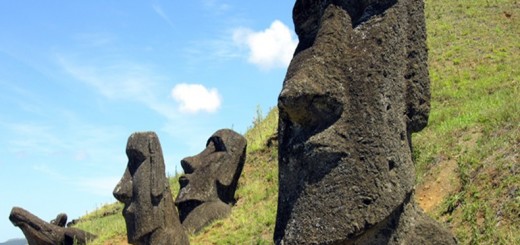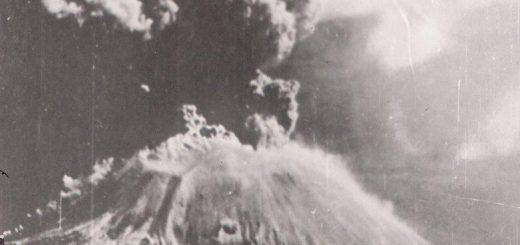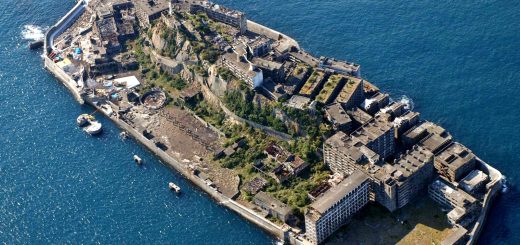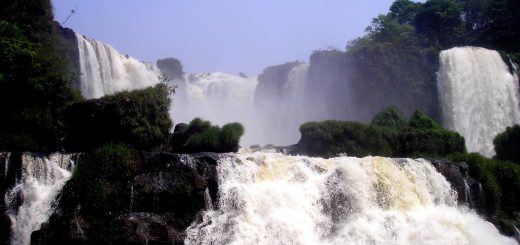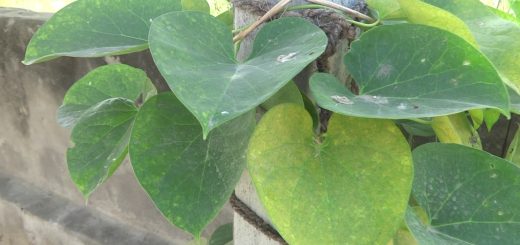A historical region in Central Anatolia – CAPPADOCIA – TURKEY
Cappadocia is a historical region in Central Anatolia, largely in Nevşehir Province, in Turkey.
This bizarre but beautiful place located in the ancient region of Anatolia in modern day Turkey may be one of the oldest examples of continuous human habitation in the world. It is an incredible example of how people have shaped and modified the already unusual geology and yet retained the natural mystery of its rocky spires and eye-twisting landscapes. It is a UNESCO World Heritage Site and there are records from the 6th century BC that describe it, even then, as one of the oldest regions of the Persian Empire. The best examples of this form of human habitation can be found in the town of Göreme where sandstone deposits have been eroded into hundreds of spectacular toadstool shapes. In turn, these have been carved into by the inhabitants and turned into homes, monasteries, churches and even a police station. It currently has a population of 2,500 people and is one of the most famous historic tourist destinations in Turkey.
Cappadocia was known as Hatti in the late Bronze Age, and was the homeland of the Hittite power centred at Hattusa. After the fall of the Hittite Empire, with the decline of the Syro-Cappadocians (Mushki) after their defeat by the Lydian king Croesus in the 6th century, Cappadocia was ruled by a sort of feudal aristocracy, dwelling in strong castles and keeping the peasants in a servile condition, which later made them apt for foreign slavery. It was included in the third Persian satrapy in the division established by Darius, but continued to be governed by rulers of its own, none apparently supreme over the whole country and all more or less tributaries of the Great King.

